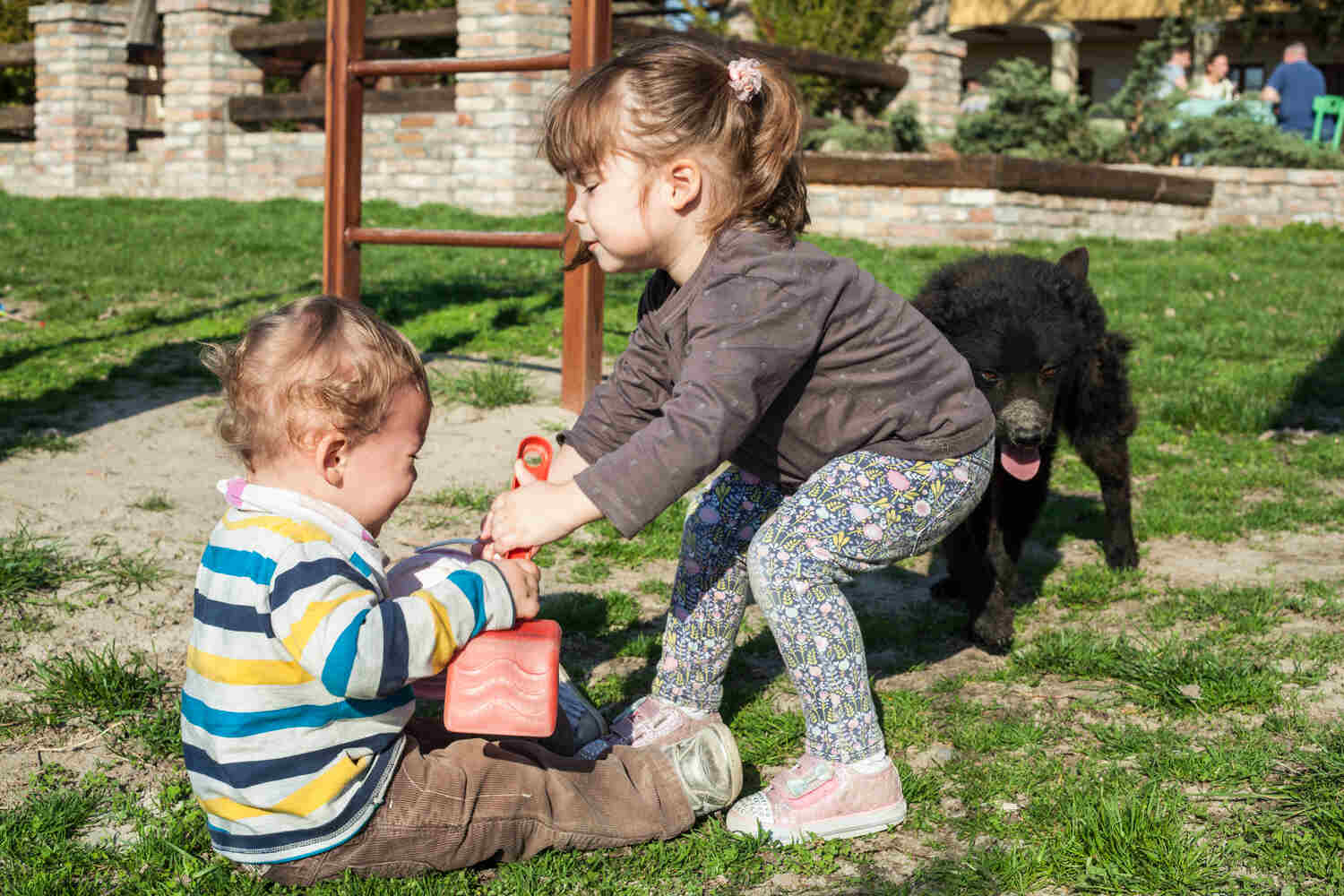
What Is Bullying?
Bullying is the act of purposely causing physical, verbal and social harm to others.
- Physical bullying can include assault, hitting, biting, kicking and so on
- Verbal bullying can include name-calling and excessive teasing
- Social bullying includes isolating someone and not letting them be part of a group
In a nutshell, bullying comprises of aggressive, unwanted behavior that humiliates, threatens or harms the other person. Young kids resort to bullying in the awe of demonstrating power. Bullying does not just harm one physically but also has major physiological effects that have drastic outcomes. Click here to read about child bullying at schools.
7 Ways To Bully-proof Your Child
- Identify sings that your child is being bullied: Sometimes kids are too small to understand they are being bullied. Sometimes kids are very hesitant to speak up about it. So it is important for you to watch out any physical or behavioral clues to know if your child is being bullied. If you suspect something, talk openly about bullying during family time and encourage other adults to talk about their experiences. Gently make it easy for your child to open up about it. Stay connected with your child, come what may. Loneliness acts as a huge detriment to a child’s morale, and lonely kids are often targeted.
- Talk to your child’s teacher: If bullying is happening in school, first step is to talk to your child’s teacher. Please understand that the teachers might get defensive and deny your child’s charges, if he/she feels that you are being accusatory with respect to the teacher not doing his/her job well. Be specific about what happened, who did it and when it happened. Refrain from blame game and be polite. Act concerned, not aggressive. Most good schools follow a protocol for dealing with bullying, so this step in most cases solves the problem
- Talk to the bully’s parents in a non-confrontational way: This is tricky. Like teachers, parents also tend to go on denial if they think that you are being confrontational. Some parents can also behave aggressively but you should remember not to be impolite. Don’t start with the bullying part, instead, make it clear from the beginning that your objective is to cooperate with the other parents to solve the issues between both the kids. “They seem to have had a fight, and it looks like my child was very hurt with some of the names your child called her. We probably should intervene and make them friends again” is a good approach. If nothing constructive is coming your way, approach the parents in a formal setting comprising of the school principal or teachers
- Teach your child to walk away: You can coach your child to deal with bullying too. Make it very clear that bullying is wrong, and hence, fighting back (either physically or verbally) is just not the right solution. Also, it will only aggravate the bully. Tell your child that if you act as if bullying doesn’t bother him, then the bully will lose interest in him soon. So walking away unperturbed is a great idea. However, if things do go a bit wary, tell him to seek help. Always tell him that walking away is not a shameful thing to do, nor does it imply weakness
- Teach your child to get help: If walking away is not helping, then teach your child to seek help from a teacher or nearby adult when they bullying happens. Rehearse various scenarios at your house. Coach him to speak loudly and firmly to the bully that he will call the teacher if the bully does not back out. Teach him to run to a teacher if the bullying continues. In fact, if you are already speaking to a teacher about this issue, you could ask your child to specifically run to that teacher so that he wouldn’t have to explain the context all over again

- Encourage your child to buddy up: Bullies generally pick on kids standing alone in the playground and sitting alone having lunch. Encourage your child to be among friends all the time. In school van, ask him to sit either next to his friends, or if no close friends are travelling with him, sit closest to the helper or driver. The more friends your child has, the fewer the opportunities the bully will get
- Teach your child confident body language: If your child has a positive and confident body language, bullies might think twice before picking on him. Teach your child how to walk confidently, and how to look into the eyes of someone when speaking to them – including the bully. Do a role-play at home and encourage your child to put up a brave (but not aggressive) face when encountered with the bully
Bullying is a strict no across educational institutions, so if you feel that your child is being bullied, bring the same in the notice of the administration. In the end, always remember that you should not get into the battle yourself. Good luck!
